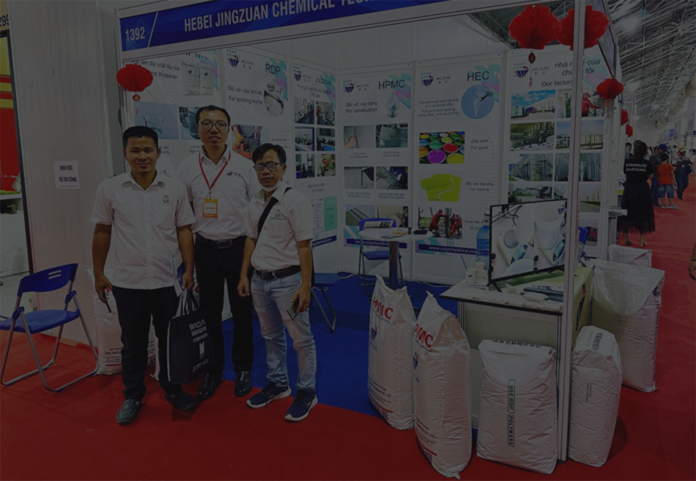
loka . 10, 2024 11:27 Back to list
mhec-methhyl hydroxyethyl cellulose
Understanding MHEC Methyl Hydroxyethyl Cellulose
Methyl Hydroxyethyl Cellulose (MHEC) is a non-ionic, water-soluble cellulose ether that has captured the attention of various industries due to its unique properties and versatile applications. Derived from natural cellulose, MHEC is a modified polymer that retains the environmental sustainability characteristic of its natural counterpart while enhancing its functional capabilities.
Chemical Structure and Properties
MHEC is synthesized through the etherification of cellulose, wherein hydroxymethyl and hydroxyethyl groups are introduced to the cellulose backbone. This modification enhances its solubility in water and increases the viscosity of aqueous solutions. The degree of substitution, which defines how many hydroxyl groups are replaced by methoxy and hydroxyethyl groups, plays a crucial role in determining MHEC's properties. As the degree of substitution increases, so do its solubility and thickening abilities.
MHEC is characterized by its excellent water retention properties, emulsifying capabilities, and film-forming abilities. It is also known for its thermal stability and resistance to microbial growth, making it an ideal additive in formulations that are exposed to varying temperatures and environmental conditions.
Applications of MHEC
Due to its unique properties, MHEC is widely used in several sectors, including construction, pharmaceuticals, personal care products, and food processing.
1. Construction Industry MHEC is commonly used as an additive in cement-based products. It improves the workability of mortars and plaster by providing better water retention, which ensures prolonged open time and enhances bonding strength. Additionally, it helps to prevent cracking and enhances the flexibility of the final product.
mhec-methhyl hydroxyethyl cellulose

2. Pharmaceuticals In the pharmaceutical industry, MHEC serves as a thickening agent and film-former in various formulations, including tablets, ointments, and gels. Its ability to retain moisture makes it useful in creating controlled-release formulations, ensuring that active ingredients are delivered efficiently over time.
3. Personal Care Products The cosmetic and personal care industries utilize MHEC for its thickening and stabilizing properties. It is found in many skin care products, hair conditioners, and shampoos, where it contributes to desired textures and viscosities. MHEC enhances the feel of these products, providing a smooth application and improving overall product performance.
4. Food Processing MHEC is also employed in food products as a thickener, binder, and stabilizer. Its ability to retain moisture improves the texture and mouthfeel of various foods, including sauces, dressings, and ice creams. Furthermore, MHEC is considered safe for consumption, making it an excellent option for enhancing food quality without compromising health standards.
Environmental Impact and Sustainability
One of the significant advantages of MHEC is its base material—natural cellulose, which is derived from renewable resources. This makes it an environmentally friendly option compared to synthetic chemicals. MHEC is biodegradable and can break down safely, thus minimizing the ecological footprint associated with its use. As industries increasingly adopt sustainable practices, MHEC stands out as a preferred choice for formulators aiming to reduce environmental impact.
Conclusion
In summary, Methyl Hydroxyethyl Cellulose (MHEC) is a versatile and functional cellulose ether that plays a critical role in various industries. Its unique chemical properties allow it to enhance formulations across construction, pharmaceuticals, personal care products, and food processing. With a growing emphasis on sustainability, MHEC’s natural origin and biodegradable nature position it as a forward-thinking ingredient in a world that increasingly values environmental stewardship. As research continues to uncover new applications and formulations, MHEC is set to remain a vital component in the formulation landscape, contributing to innovation and sustainability.
-
Unlocking the Benefits of HPMC Products: A Gateway to Versatile Applications
NewsAug.07,2025
-
Unleashing the Potential of HPMC Ashland: A Comprehensive Look
NewsAug.07,2025
-
Tile Bonding Cellulose: The Key to Superior Adhesion and Durability
NewsAug.07,2025
-
Hydroxypropyl Methylcellulose Powder: The Versatile Component in Modern Pharmaceuticals
NewsAug.07,2025
-
Hydroxyethyl Cellulose: The Versatile Solution for Various Industries
NewsAug.07,2025
-
Hydroxyethyl Cellulose (HEC): The Versatile Polymer for Various Applications
NewsAug.07,2025







